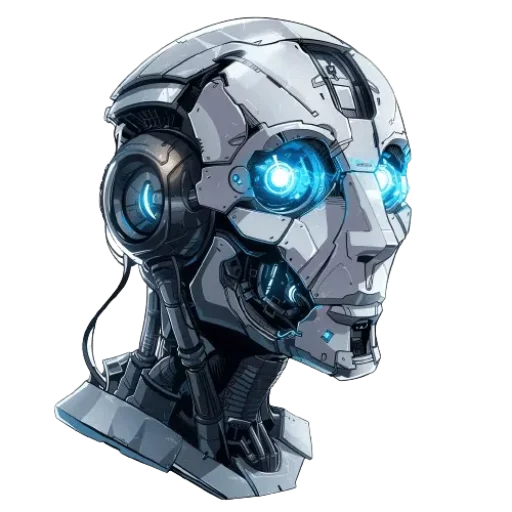Key findings
In the realm of animal caretaking, the impact of Generative artificial intelligence (GenAI) is minimal.
This occupation relies heavily on human skills like reading comprehension, active listening, and physical coordination.
GenAI lacks the ability to perform the physical tasks essential to this role.
Moreover, the growing demand for premium animal care services ensures a stable future for blue-collar workers in this field.
The unique nature of GenAI automation wave leaves animal caretakers shielded from significant disruption.
How could AI or automation replace or complement job activities?
In the realm of animal caretaking, AI, automation, or LLMs such as Chatgpt could potentially enhance certain processes.
However, the intricate tasks and nuances involved in providing care, treatment, and personalized attention to animals require a level of empathy and understanding that technology may not replicate.
For instance, while automation could streamline administrative tasks like record-keeping and scheduling, the hands-on responsibilities of observing animal behavior, administering treatments, and ensuring their well-being demand a human touch that technology could not fully embody.
Job description
Takes care of pets and animals by feeding, watering, grooming, bathing, and exercising them. Works in places like kennels, shelters, zoos, circuses, and aquariums. May also keep records of feedings, treatments, and animals coming in or going out. Sometimes cleans, disinfects, and fixes cages, pens, or fish tanks.


0 Comments